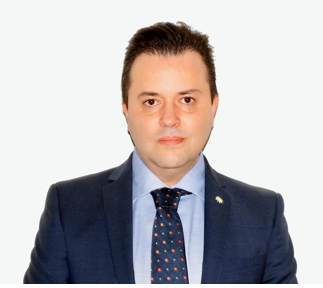The State of the Art in Endodontics—Part II
A special issue of Journal of Clinical Medicine (ISSN 2077-0383). This special issue belongs to the section "Clinical Guidelines".
Deadline for manuscript submissions: closed (21 May 2023) | Viewed by 13980
Special Issue Editors
Interests: endodontics; restorative dentistry; oral health
Special Issues, Collections and Topics in MDPI journals
Interests: endodontics; restorative dentistry; oral health
Special Issues, Collections and Topics in MDPI journals
Interests: endodontics; aesthetic dentistry; restorative dentistry; esthetic dentistry; dental caries; dental education; implant dentistry; clinical dentistry; dental materials composite resins
Special Issues, Collections and Topics in MDPI journals
Special Issue Information
Dear Colleagues,
The applications of minimally invasive endodontics have been continuously expanding, enabling accurate diagnostic tests, conservative access cavities, conservative shaping with the latest generation of rotating files, powerful 3D irrigation systems, and more.
In the past few months, we published the Special Issue “The State of the Art in Endodontics"(https://www.mdpi.com/journal/jcm/special_issues/2021_Endodontics). The second installation of this Special Issue will focus on recently developed techniques and protocols in endodontics. Original articles, short communications, and review articles are all welcome.
Prof. Dr. Massimo Amato
Prof. Dr. Giuseppe Pantaleo
Prof. Dr. Alfredo Iandolo
Guest Editors
Manuscript Submission Information
Manuscripts should be submitted online at www.mdpi.com by registering and logging in to this website. Once you are registered, click here to go to the submission form. Manuscripts can be submitted until the deadline. All submissions that pass pre-check are peer-reviewed. Accepted papers will be published continuously in the journal (as soon as accepted) and will be listed together on the special issue website. Research articles, review articles as well as short communications are invited. For planned papers, a title and short abstract (about 100 words) can be sent to the Editorial Office for announcement on this website.
Submitted manuscripts should not have been published previously, nor be under consideration for publication elsewhere (except conference proceedings papers). All manuscripts are thoroughly refereed through a single-blind peer-review process. A guide for authors and other relevant information for submission of manuscripts is available on the Instructions for Authors page. Journal of Clinical Medicine is an international peer-reviewed open access semimonthly journal published by MDPI.
Please visit the Instructions for Authors page before submitting a manuscript. The Article Processing Charge (APC) for publication in this open access journal is 2600 CHF (Swiss Francs). Submitted papers should be well formatted and use good English. Authors may use MDPI's English editing service prior to publication or during author revisions.
Keywords
- modern endodontics
- endodontic treatment
- endodontic surgery
- cleaning
- shaping
- obturation
- endodontic retreatment







